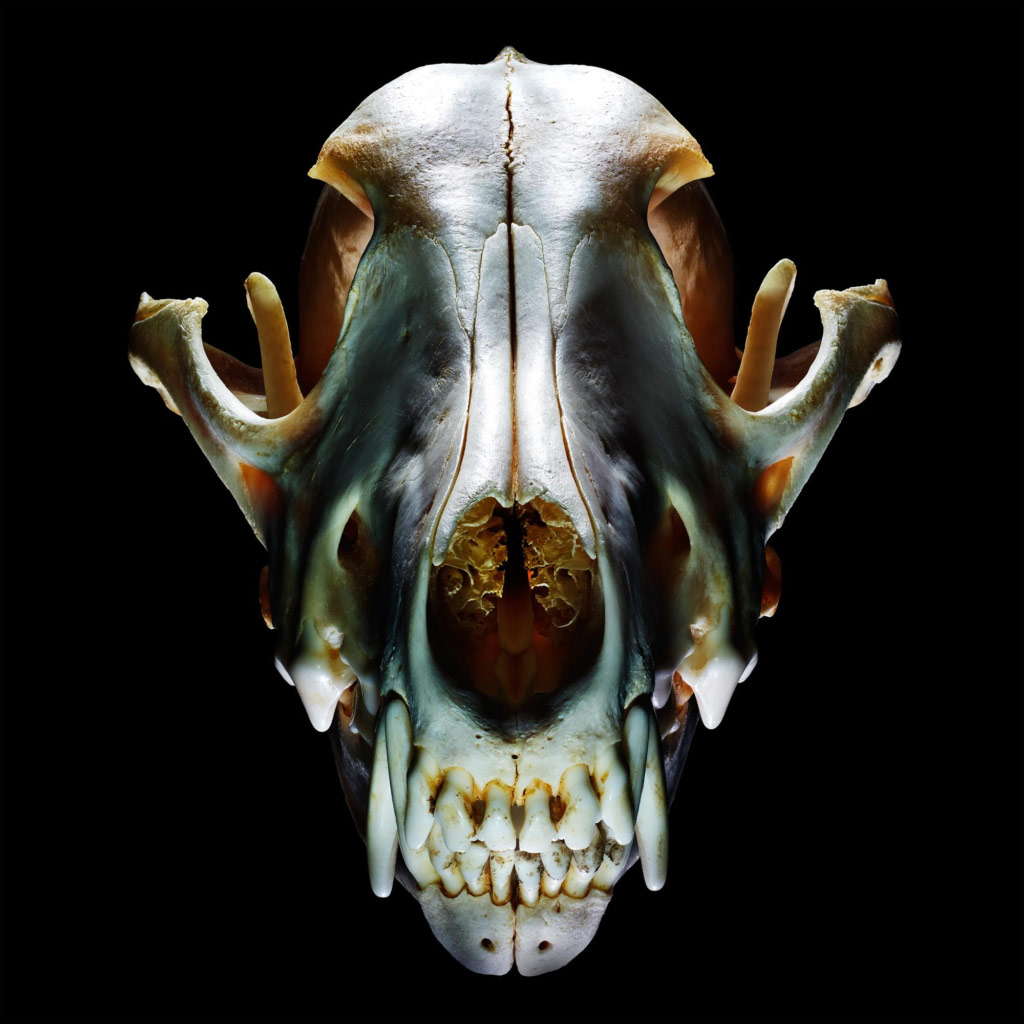News, Photographer Profile
Nicholas Duers – Still Life Photographer & Beta Tester
Above: Skulls from the American Southwest from the project Vanitas. ©Nicholas Duers
Editors Note: We worked with Phase One to coordinate beta testing XF Feature Update 3 with real users. One of these users was Nicholas Duers, who describes himself as a New York City-based photographer specializing in still-life photography with a special focus on fashion accessories, jewelry & watches, soft goods & apparel, fragrance, and beauty products. We caught up with him after the NDAs on the Feature Update expired to ask about his work as a still life shooter, and his experience working directly with the R+D at Phase One. The below transcript has been edited for clarity.
How did you get involved in photography?
My early days involved the study of the medium in the fine art context. After completing a course of study of fine art photography at the Photographic Center Northwest in Seattle, I attended the Rochester Institute of Technology to pursue a degree in their commercial photography program. Now my work focuses mainly on commercial photography.
Who is your typical client?
Like so many other photographers here in New York, and elsewhere, my client-base is a mix of web/e-com, editorial, catalog, and advertising patrons. Within those categories, most of my Clients come from the fashion sector.

What were you using before you switched to the Phase One XF?
Prior to my upgrade to the XF, I had been using the Hasselblad 555ELD system, as well as an Arca 6×9 view camera. While I still use the view camera when technical considerations require it, I have since ceased using the Hasselblad. While it is an excellent and dependable system, and one that I highly recommend, the improvements made by the XF are hard to ignore; the new Schneider Kreuznach lenses for the XF offer much better performance in terms of sharpness, chromatic aberration, lens cast, edge-to-edge sharpness with wide angles, and minimum focal distances – even when shooting small jewelry, I’ve not had to deploy a single extension tube.
In addition, features like automated focus stacking, the ability to control nearly all camera functions through Capture One (including focus and mirror lockup), and extremely responsive live view, really address the plight of the still life shooter. With regard to my own work, which often involves extensive focus stacking and lots of overhead shooting, these features have dramatically increased the speed and efficiency at which I am able to produce images.

Why did you pick DT as your partner in this switch?
Digital Transitions was my primary choice to broker this upgrade because of their extensive testing of the new system prior to, and even after, it was introduced to market. Any technical questions that I had, these guys had the answer as a result of their technical evaluations, or the ear of a Phase One engineer to help out. They were glad to offer a loaner system for evaluation, and responsive to all the questions that arose during the testing phase. Beyond that, my decision was driven by customer service history – the team at Digital Transitions has saved my bacon on a few occasions – they are quick to respond and tremendously loyal to their customers.
Tell us about your experience beta testing Feature Update 3
Shortly after my upgrade to the XF system, I was approached by DT and Phase One to engage in a discussion on usability and potential feature upgrades. This was the first time that a camera / digital manufacturer had approached me about such a thing, and it was quite welcome. It occurred to me during said conversation that the development side of the technology, and the user side of the technology, perceive usability from rather different perspectives. Both are accurate and calculated in their approach, but each one is unique and comes with it’s own set of hurdles.
Being able to have a discussion with the engineers who work on the product has been nothing short of fantastic. Speaking as a user of the tech, I can say that I had a number of Aha moments where I fully understood why they had made a particular choice with regard to the system design or software architecture. I believe that the R+D team felt similarly, hearing how I was using their camera in the field, specifically for the application of still-life photography. Having the opportunity to assist in bridging the development vs. usability gap made my day. As with any technology, a close working relationship between developers and users is key – I’d venture to say that such a collaboration is what makes the steak sizzle, or more simply, what allows a great product to be excellent.

What feature are you most excited about in Feature Update 3?
Feature Update 3 is significant for me, most specifically, for the ability to control up to six ProFoto Air groups via the XF, as well as the addition of rear curtain sync. Beyond that, the Flash Analysis Tool is pretty cool, and a rather handy reference when shooting high-speed subject matter.
There are a lot of features and improvements that would aid professional still life photographers which remain to be made to current digital photography systems, simply by utilizing already ubiquitous technologies. My experience with the XF and it’s developers leads me to believe that Phase is leading the pack as far as innovation goes, by their introduction of the XF platform, and their continued development of Capture One.

